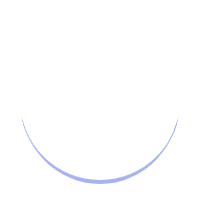Have a question?
Contact Us
Are you ready to start your journey? Schedule a consultation with us today! Request a consultation with our online form or call us at (561) 641-9490.
CONTACT US
Join us and celebrate YOU this Galentine’s Day at Laser Skin & Wellness!



Treat yourself to an evening of self-love, wellness, and empowerment in a fun, uplifting setting!
Here’s what’s in store:




We can’t wait to see you there!



